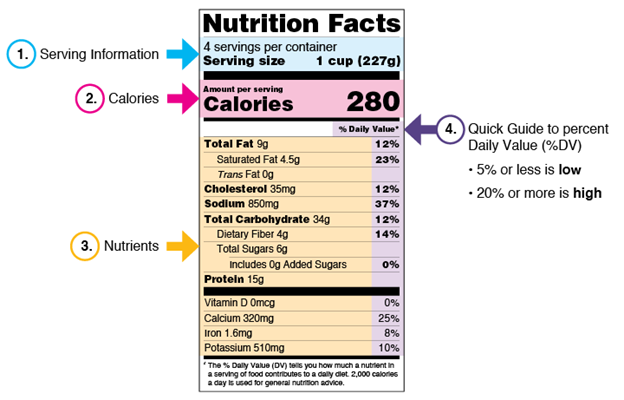
Low carbohydrate diets have become a very popular tool for weight loss over the last several decades. While much of the scientific rationale behind why they are utilized for weight loss, such as the carbohydrate-insulin hypothesis, have largely been proven wrong by the scientific literature, low-carb diets are still utilized quite extensively for weight loss.
The reason they are utilized is most likely since low-carb diets do show some efficacy for weight loss, especially in the short term. However, there is still a lot of confusion and myths out there around how to accurately set carbohydrate targets, how exactly low-carb diets may or may not work, and what things you should consider when adopting a low-carb diet yourself, or making recommendations to clients.
This information is especially important for Weight Loss Specialists and Nutrition Specialists to consider.
DAILY CARB RECOMMENDATION FOR WEIGHT LOSS
The daily recommendations for carb intake are based on two primary criteria: total daily calorie intake and the intensity/volume of physical activity. Higher total daily calorie needs come with higher recommendations for total daily carb intake, while lower total daily calorie needs come with lower recommendations. Furthermore, as the body relies heavily on carbohydrate intake for moderate to higher intensity physical activity, carb recommendations will increase as total volume and intensity of activity increase.
Total daily calorie intake can be estimated using one of the estimating equations for total daily energy expenditure. The most common ones are the Harris and Benedict equation and the Mifflin-St Jeor. However, there are also online tools that can be used. Such as the NASM Online Calorie Calculator. This can help individuals determine how many calories they should consume daily.
After that, the number of grams per unit of body weight can be estimated based on current guidelines from the American College of Sports Medicine and the Academy of Nutrition and Dietetics. These recommendations are generalized as follows:
● Light Activity: 3-5 g/kg/day
● Moderate Activity (1 hour of moderate exercise): 5-7 g/kg/day
● High Activity (1-3 hours of intense, endurance exercise): 6-10 g/kg/day
● Very High (4-5 hours of intense, endurance exercise): 8-12 g/kg/day
HOW TO READ FOOD LABELS FOR CARBS
Food labels have been recently updated, giving a clearer insight into the true nutrition content of a given food, especially the carbohydrates of a food. The carbohydrate facts on a food label include total carbohydrates, dietary fiber, total sugars, and added sugars.
The way food labels work is that total carbohydrates represent the total carbohydrate count of the food. Each of the subcategories adds up to the total amount. For example, in the label below provided by the FDA, the total carbohydrate amount is 34 grams. However, of those 34 grams, 4 of them come from fiber, and 6 come from sugar (monosaccharides and disaccharides). Added sugars represent additional sugar that is added to the food during processing.
This means that there are roughly 24 grams of carbohydrates (34 g total – 4 g fiber – 6 g added sugar =24 g) that are complex carbohydrates (polysaccharides).

CALCULATING NET CARBS FOR WEIGHT LOSS
Although many nutrition labels count all carbohydrates toward calorie intake, the truth is not all carbohydrates provide a meaningful number of calories as the human body does not digest and extract energy from all forms of carbohydrates. This is the idea behind the concept of net carbs.
In most situations, dietary fiber is considered a non-digestible carb and does not contribute to the total carbohydrate intake. As such, in many cases, fiber is subtracted from total carb intake. In the figure above, the 4 grams of fiber is often subtracted from the total carbs (34 grams) to yield a total of 30 grams of usable carbs.
WHAT ARE DIFFERENT TYPES OF CARBS?
Carbohydrates can be classified into many different categories. The primary categorizations that are used are based on the following: simple vs complex and processed vs unprocessed.
Simple and complex carbohydrates are defined based on what types of carbohydrates are found within the food. Carbohydrates can be described based on their molecular structure, which just means how many single sugar molecules are combined.
Monosaccharides are single sugar unit carbohydrates. Disaccharides are two single sugar unit carbohydrates bonded together. Polysaccharides are long chains (usually 12 or more) bonded together.
